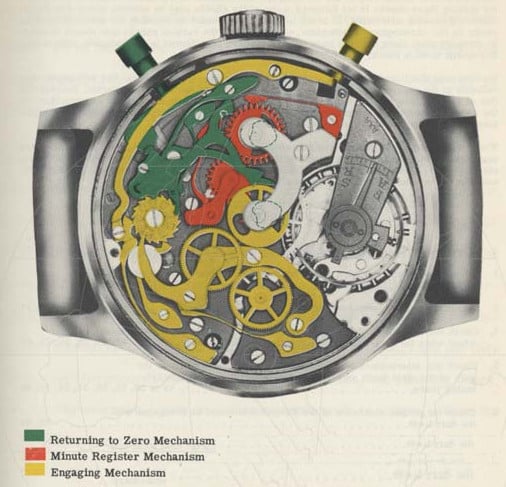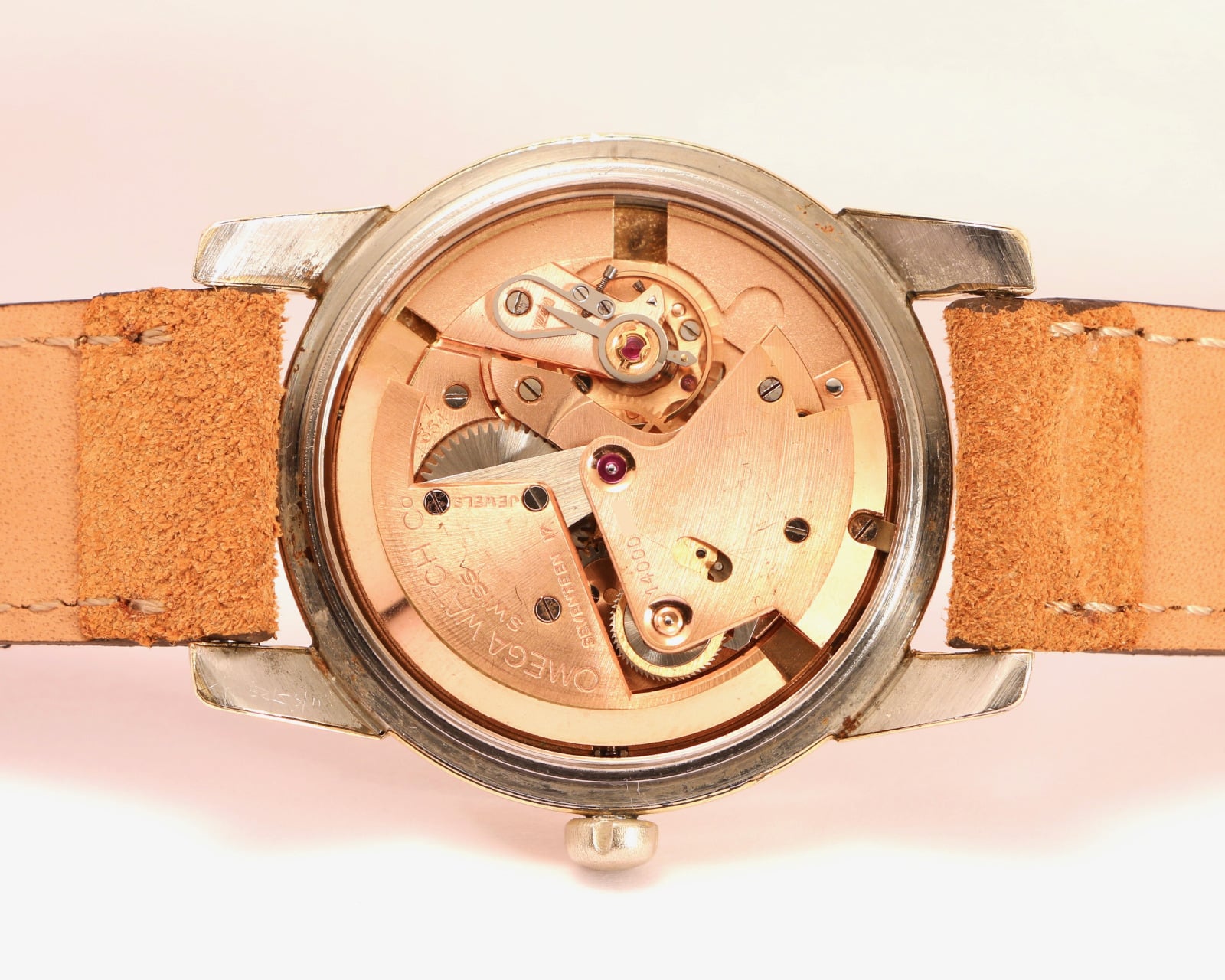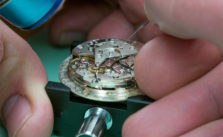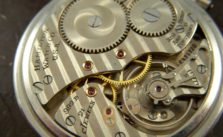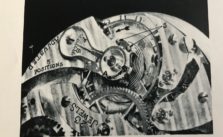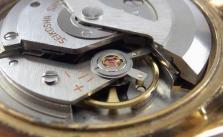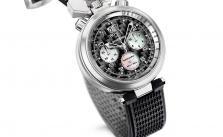A chronograph is a precision instrument that measures and registers time. To be more specific, it is an ordinary watch which registers the time of day, plus an added feature of a sweep second hand that can be stopped, started, and returned to zero at will by the operator.
A chronograph that only carries a sweep second hand is known as a simplified chronograph. There are not many of these chronographs on the market, as generally, a minute register is added to the chronograph which makes it possible for the chronograph to not only measure the seconds of a registration, but also the minutes. In addition to the seconds and minute register, there is many times an hour register added to the chronograph. This makes it possible for the chronograph not only to measure the seconds and minutes of a registration, but also the hours. All the chronograph hands on a chronograph work in unison. When the seconds hand is returned to zero, the minute register hand and hour register hand are also returned to zero, and will remain at zero until the registration of the chronograph is started. Then of course, the sweep second hand will register the seconds, the minute register hand will register the minutes, and the hour register hand will register the hours.
Since the returning to zero function of the chronograph is the most remarkable function, and one of the most important of the three functions of the chronograph, 1. Starting, 2. Stopping, 3. Returning to zero, we will start this book with the study of the returning to zero of the chronograph.
